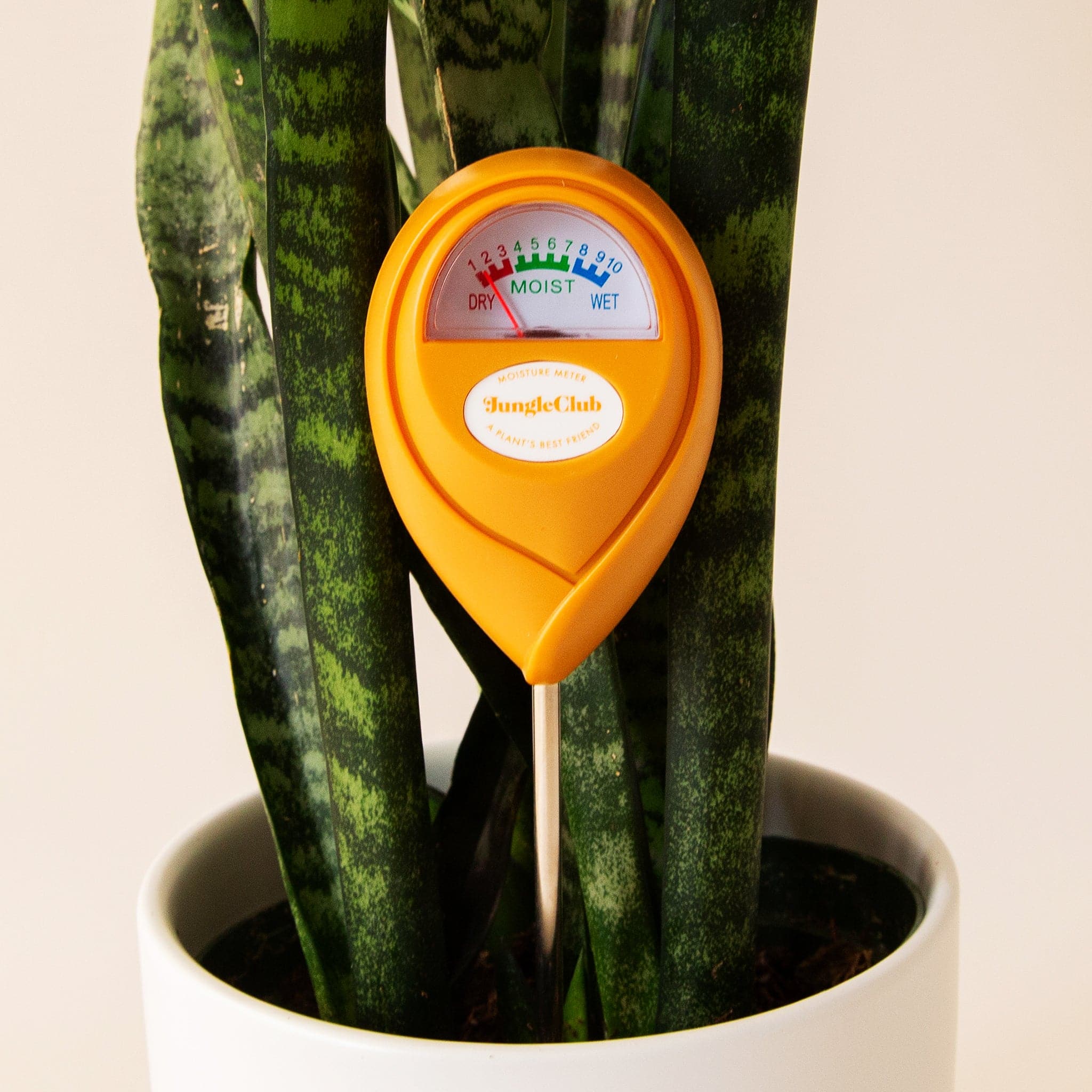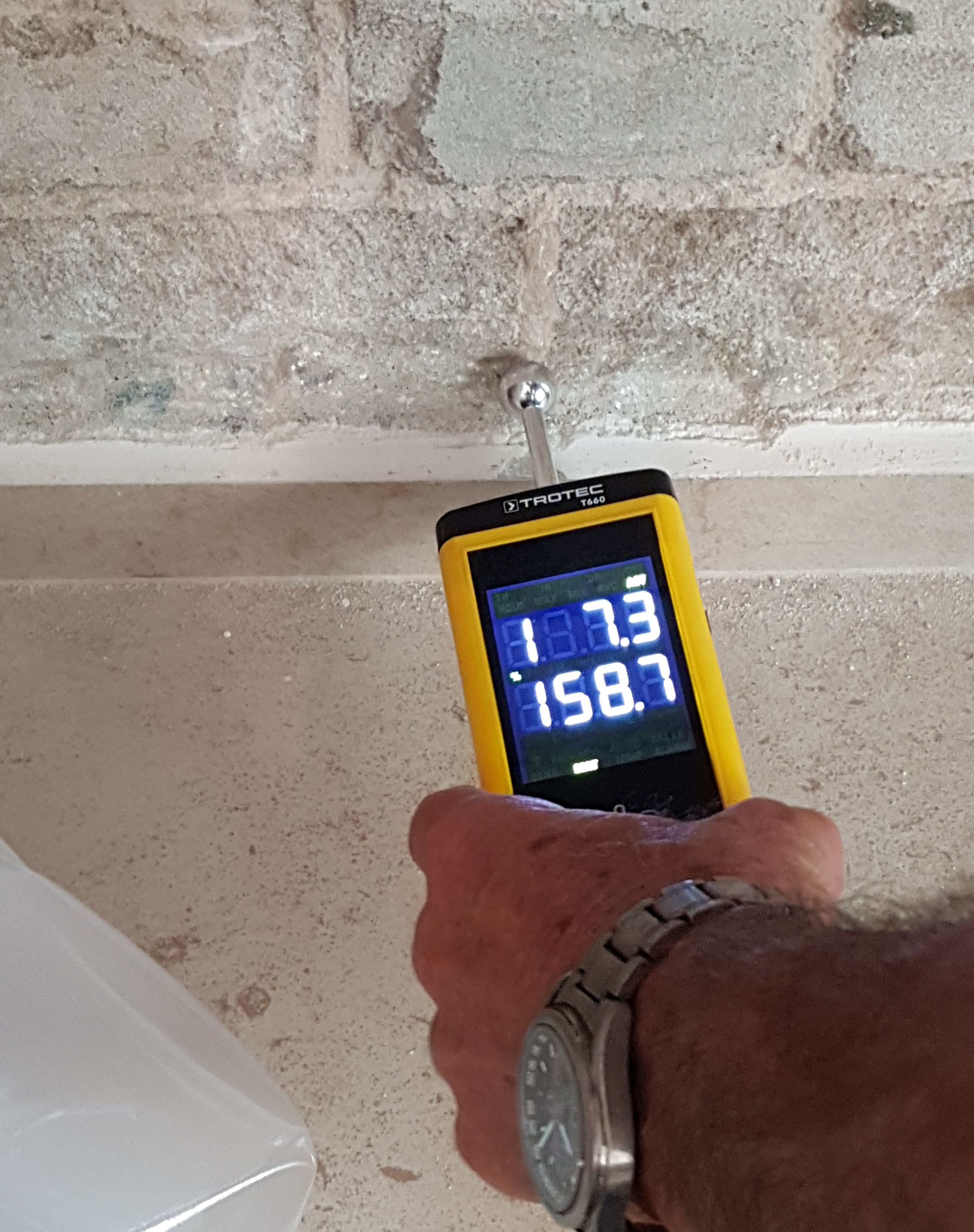Moisture Meter Reviews: Contrasting the very best Models for Expert and Do It Yourself Use
Moisture Meter Reviews: Contrasting the very best Models for Expert and Do It Yourself Use
Blog Article
Look Into the Globe of Dampness Meters: Every Little Thing You Required to Know
In the world of moisture meters exists a globe of accuracy and usefulness that frequently goes undetected. Understanding how moisture meters operate, the different types offered, and their varied usages can lose light on their importance in making certain top quality and performance.
How Moisture Meters Work
Dampness meters run by measuring the electrical conductivity or capacitance of products to figure out the wetness material present - Moisture Meter. These meters are indispensable tools throughout numerous industries, consisting of building, agriculture, and woodworking. By using different approaches such as pinless or pin-type innovation, dampness meters supply accurate analyses that help specialists make notified choices
Pin-type moisture meters function by putting the sharp pins into the material being checked. The electric conductivity between the pins is after that determined, with greater moisture levels causing enhanced conductivity. On the other hand, pinless wetness meters utilize electromagnetic signals to scan a bigger location without creating any kind of damage to the product's surface. These meters are perfect for quickly assessing moisture degrees in big locations or ended up items.
No matter the technique utilized, wetness meters play an essential function in protecting against concerns such as mold growth, structural damage, or product problems triggered by excess dampness. Recognizing how these meters job is essential for ensuring the top quality and stability of products in different applications.
Kinds Of Wetness Meters
Offered the important function moisture meters play in numerous markets, it is important to understand the various types available to specialists for properly examining wetness degrees. There are mostly two main kinds of wetness meters: pin-type and pinless dampness meters.
Pin-type wetness meters use two pins that are put right into the product being tested to gauge the electrical resistance between them. This method is generally made use of for wood, drywall, and various other structure materials. Pin-type meters provide specific analyses at particular depths, making them ideal for recognizing wetness gradients.
On the other hand, pinless wetness meters utilize electro-magnetic sensing unit plates to scan a bigger area of the product without causing any kind of damage. This kind is appropriate for rapidly scanning large locations and is typically used for floor covering, walls, and ceilings. Pinless meters are hassle-free for taking readings on completed surfaces without leaving any noticeable marks.
Both kinds of wetness meters have their benefits and are chosen based upon the details requirements of the task at hand. Comprehending the distinctions between these kinds is essential for specialists to make accurate wetness assessments.
Applications Across Industries
With varied capabilities, wetness meters discover prevalent application across different industries, aiding professionals in making sure optimum conditions for structures and materials. In the agriculture sector, wetness meters are vital for establishing the dampness web content in grains, seeds, and hay, ensuring quality control and avoiding mold growth. Construction professionals count on moisture meters to assess the moisture degrees in structure products like concrete, wood, and drywall, which is crucial for maintaining architectural honesty and preventing concerns like rot or mold and mildew. The floor covering market uses moisture meters to determine the moisture material in subfloors before installing various floor coverings, stopping expensive problems get more as a result of excess wetness. Additionally, in the food industry, moisture meters are utilized to keep an eye on and manage moisture levels in products such as grains, nuts, and dried fruits to preserve freshness and quality. In addition, dampness meters play a vital function in the reconstruction and damage control market by helping specialists address and identify water damage in structures promptly. Across these diverse industries, wetness meters are essential tools for guaranteeing the quality, safety and security, and long life of different materials and products.
Tips for Utilizing Moisture Meters
When measuring the wetness content in numerous materials,Use the wetness meter's calibration setups to make certain accurate analyses. Calibration is critical for the correct functioning of a moisture meter. Before each use, it is recommended to check and adjust the calibration settings according to the specific material being tested. In addition, make certain the meter is readied to the proper dampness variety for the material you are measuring to obtain one of the most specific outcomes.

When utilizing a pin-type wetness meter, place the pins to the suitable depth recommended for the product being examined. This makes certain that the dampness analyses are drawn from the appropriate depth within the product, supplying a much more precise representation of its dampness web content. For pinless wetness meters, remember to maintain correct call with the material's surface to obtain trustworthy readings.

On a regular basis inspect and change the batteries in your wetness meter to prevent imprecise readings due to reduced power. When not in use to lengthen its life expectancy and keep its precision, Store the meter in a risk-free and dry place. By complying with these suggestions, you can optimize the performance of your dampness meter and obtain exact moisture web content measurements throughout different products.

Upkeep and Calibration
To guarantee the precision of moisture material dimensions, regular upkeep and calibration of the dampness meter are important actions in its proper functioning. Calibration readjusts the moisture meter to guarantee that it gives constant and trustworthy outcomes.
Calibration must be done occasionally, specifically if the wetness meter view publisher site is used often or in vital applications where specific measurements are called for. By adjusting the wetness and maintaining meter on a regular basis, customers can rely on the accuracy of the dampness content dimensions obtained.
Conclusion
Finally, wetness meters play an important duty in various industries by accurately determining the wetness web content of products. Comprehending how these tools work, the various types readily available, and correct upkeep and calibration are important for getting reliable outcomes. Whether in farming, manufacturing, or building and construction, the usage of moisture meters helps make sure quality assurance and performance in procedures.
Construction specialists depend on dampness meters to evaluate the moisture levels in structure products like drywall, concrete, and timber, which is vital for maintaining structural integrity and protecting against concerns like rot or mold. The floor covering market uses wetness meters to gauge the dampness content in subfloors before installing various floor treatments, stopping costly problems due to excess moisture.Utilize the moisture meter's calibration setups to make sure accurate analyses when determining the moisture web content in different products. By complying with these suggestions, you can take full advantage of the performance of your moisture meter and obtain visit this web-site precise wetness material dimensions across various products.
In conclusion, wetness meters play a crucial role in numerous sectors by properly measuring the dampness material of materials.
Report this page